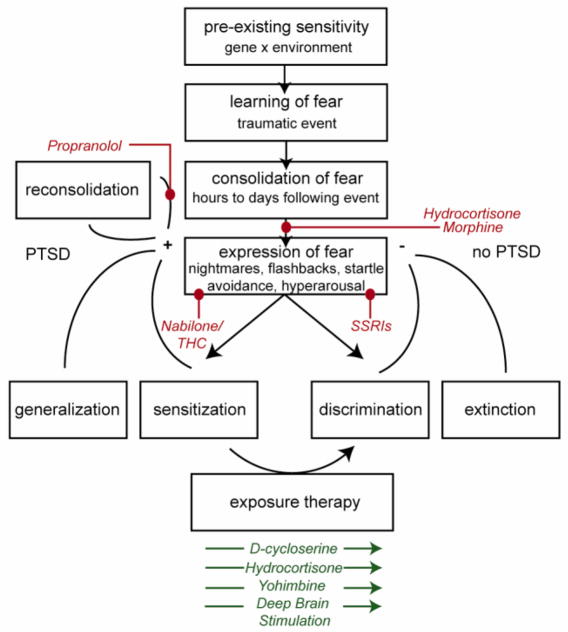Figure 1. Overview of translationally informed treatments for PTSD and mechanism of action.
The development of PTSD can be organized into a framework of pre- and post-trauma risk factors and pathological learning, each of which can be uniquely targeted by therapeutics. Hydrocortisone and morphine have been shown to interrupt primary consolidation of conditioned fear and trauma across species. While evidence is inconsistent, propranolol has been suggested to block reconsolidation, a process which renders previously consolidated memories labile, and thus vulnerable to interference. Exposure therapy, the recommended first line treatment for PTSD, is facilitated by D-cycloserine, yohimbine, hydrocortisone, and deep brain stimulation. Furthermore, nabilone and THC (Cnr1 agonists) and SSRIs have been shown to reduce expression of fear with chronic administration. The color red indicates that a specific drug blocks the indicated process, while green indicates a facilitating effect.

